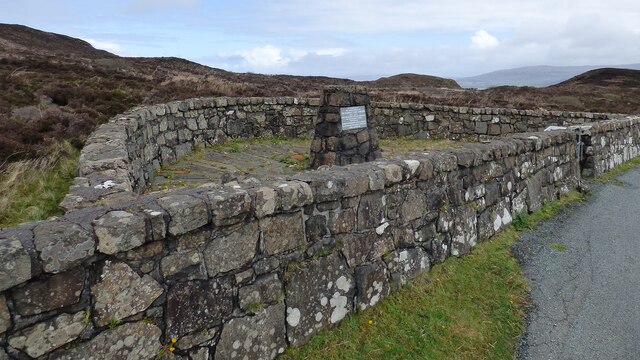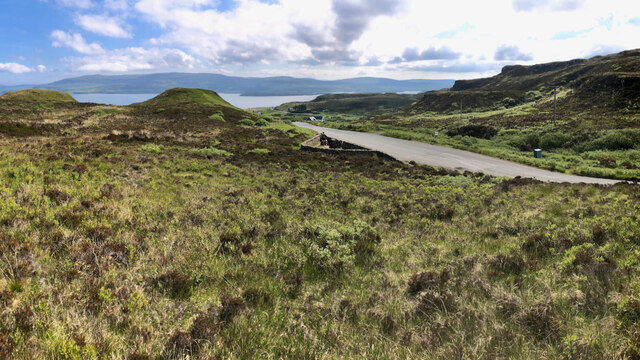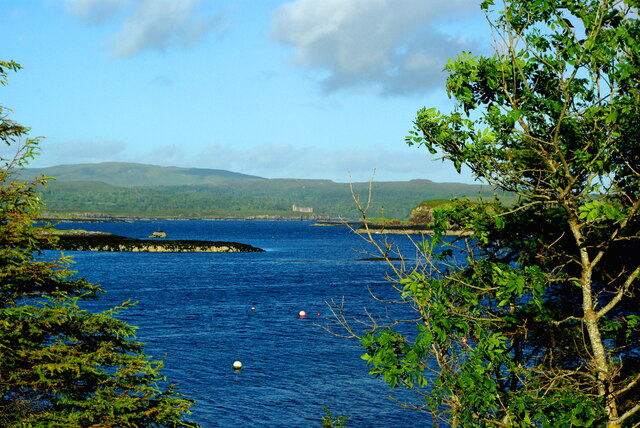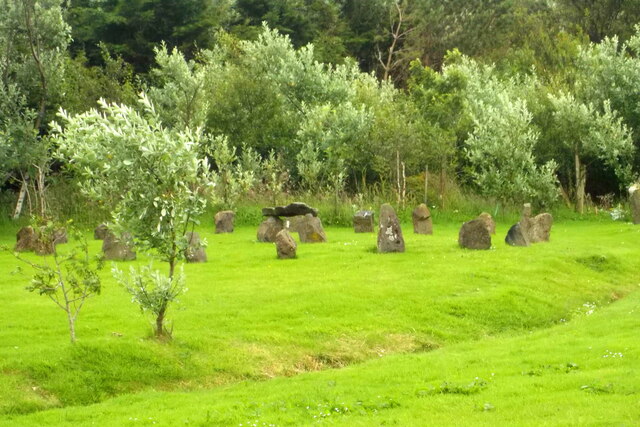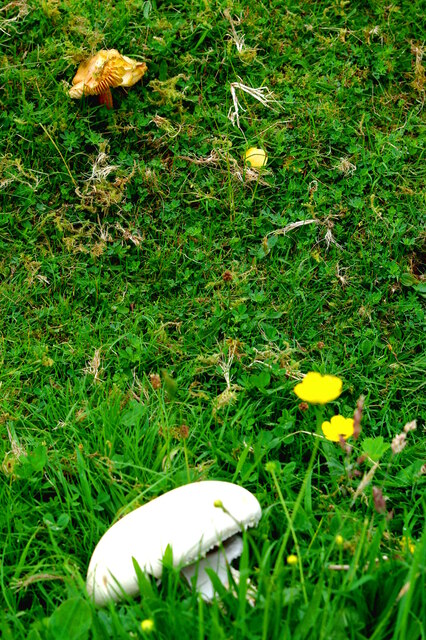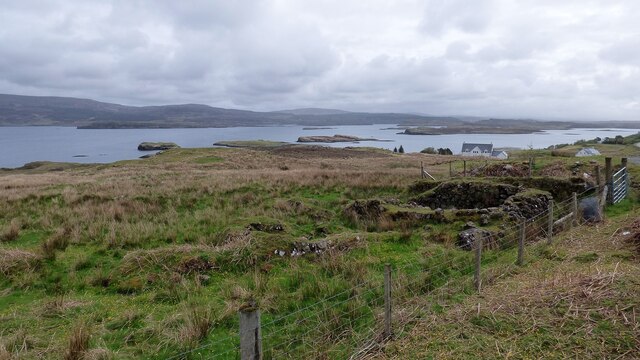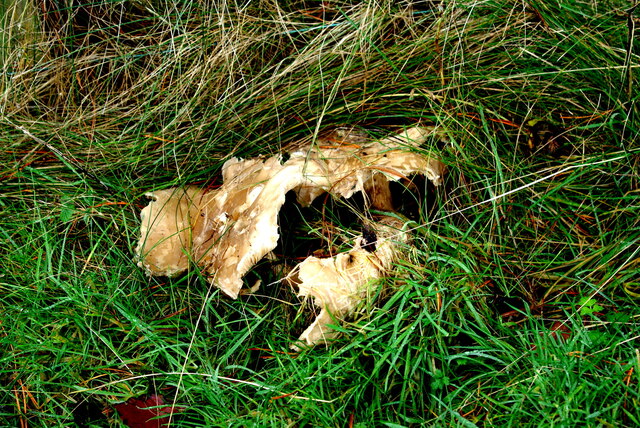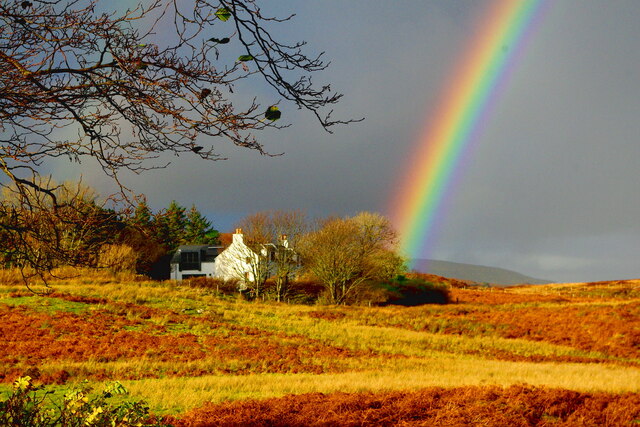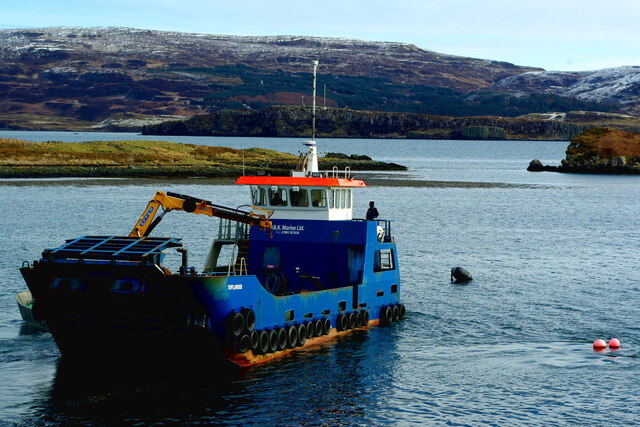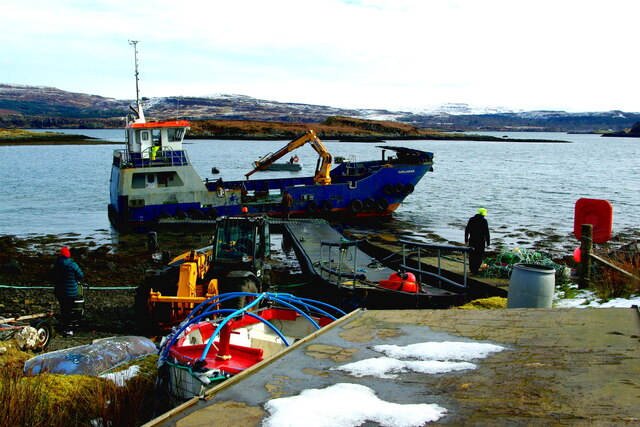An Cnap
Island in Inverness-shire
Scotland
An Cnap
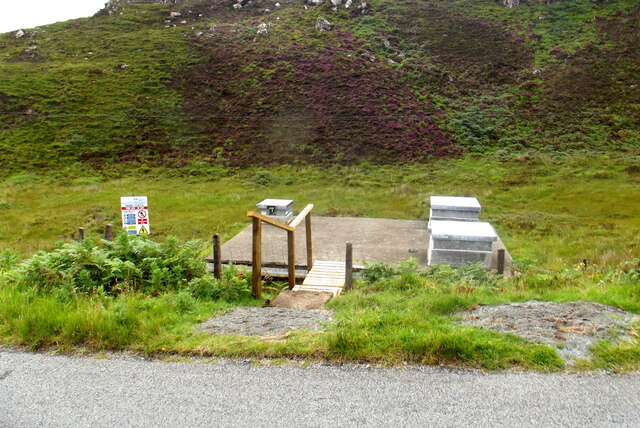
An Cnap is a small island located off the west coast of Scotland, in Inverness-shire. It is part of the Inner Hebrides archipelago and is situated in the Sound of Mull. The island covers an area of approximately 50 acres and is predominantly rocky with some areas of grassland.
An Cnap is uninhabited and has no permanent structures or amenities. Its rugged coastline is characterized by steep cliffs and rocky outcrops, providing a habitat for various bird species, including seabirds such as puffins and guillemots. The island's isolation and lack of human presence make it an ideal nesting ground for these birds.
Access to An Cnap is limited, with no regular ferry service available. However, it can be reached by private boat or chartered tours from nearby ports. Visitors are advised to bring their own supplies as there are no facilities or services on the island.
The island offers stunning natural beauty and tranquility, making it a popular destination for nature enthusiasts and birdwatchers. Its remote location provides a unique opportunity for wildlife observation and photography. Additionally, the surrounding waters are known for their rich marine life, attracting divers and snorkelers.
An Cnap is a place where visitors can truly disconnect from the outside world and immerse themselves in the untouched wilderness of the Scottish Highlands. Its untamed landscapes and abundant wildlife make it a hidden gem for those seeking a remote and unspoiled island experience.
If you have any feedback on the listing, please let us know in the comments section below.
An Cnap Images
Images are sourced within 2km of 57.452138/-6.6468437 or Grid Reference NG2149. Thanks to Geograph Open Source API. All images are credited.

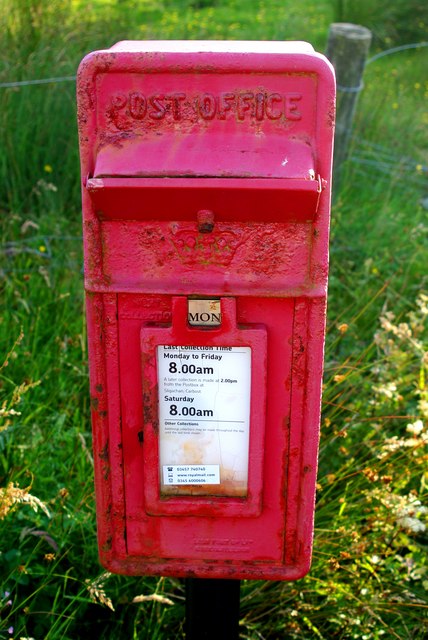
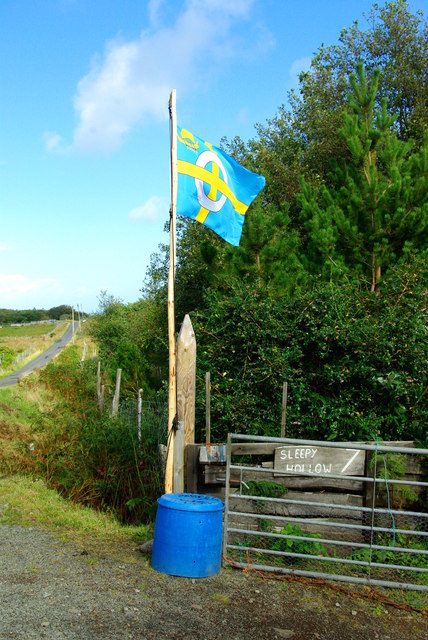
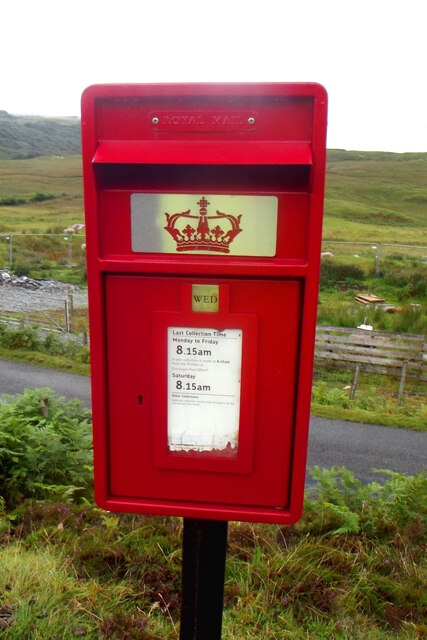
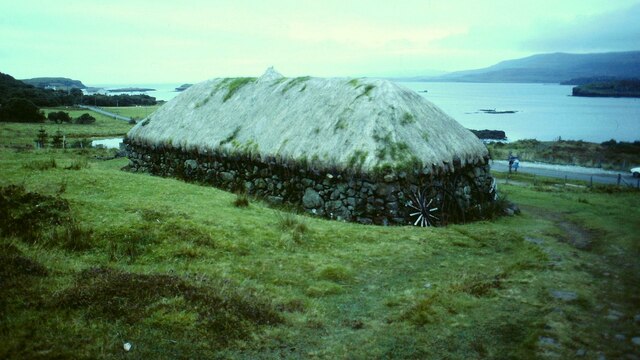
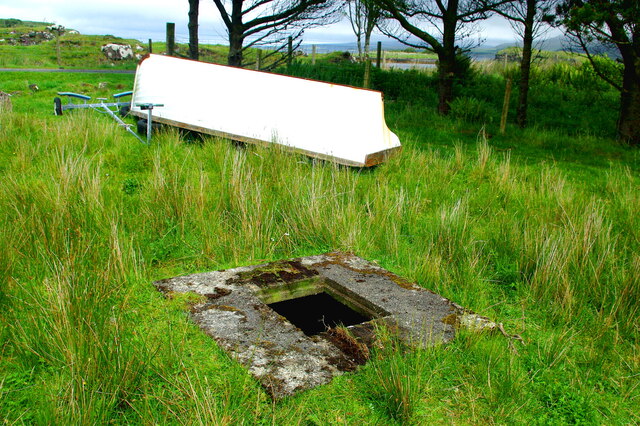
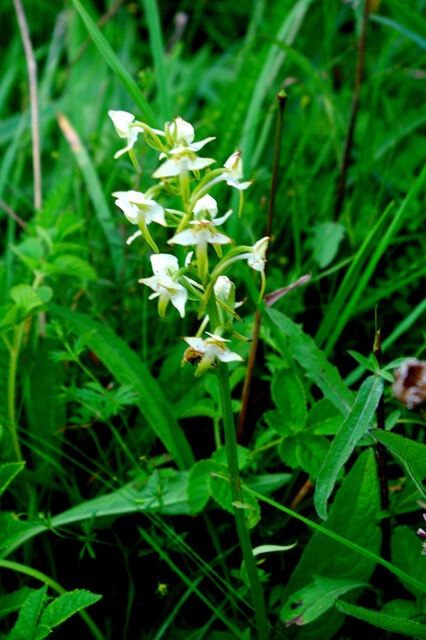
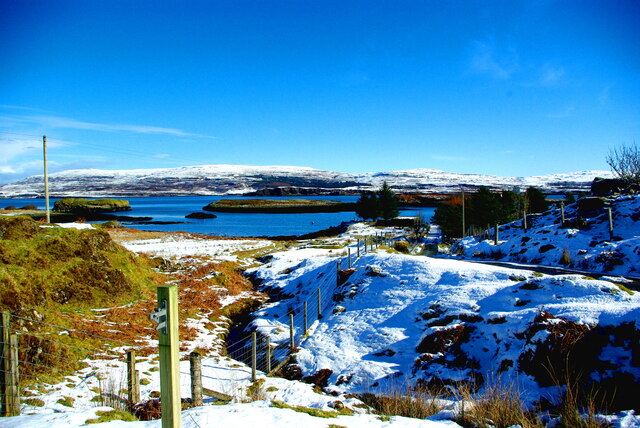
An Cnap is located at Grid Ref: NG2149 (Lat: 57.452138, Lng: -6.6468437)
Unitary Authority: Highland
Police Authority: Highlands and Islands
What 3 Words
///message.november.committee. Near Glendale, Highland
Nearby Locations
Related Wikis
The Three Chimneys
The Three Chimneys is a restaurant in Colbost, Isle of Skye, Scotland. While in operation beforehand, the restaurant came to prominence after being taken...
Colbost
Colbost (Scottish Gaelic: Cealabost) is a scattered hamlet on the B884 road, in the Glendale estate, overlooking Loch Dunvegan on the Scottish island of...
Duirinish, Skye
Duirinish (Scottish Gaelic: Diùirinis) is a peninsula and civil parish on the island of Skye in Scotland. It is situated in the north west between Loch...
Eilean Mòr, Loch Dunvegan
Eilean Mòr is an uninhabited island in Loch Dunvegan in north west Skye, Scotland. At low water the island is connected to Eilean Dubh. == Footnotes ==
Nearby Amenities
Located within 500m of 57.452138,-6.6468437Have you been to An Cnap?
Leave your review of An Cnap below (or comments, questions and feedback).
